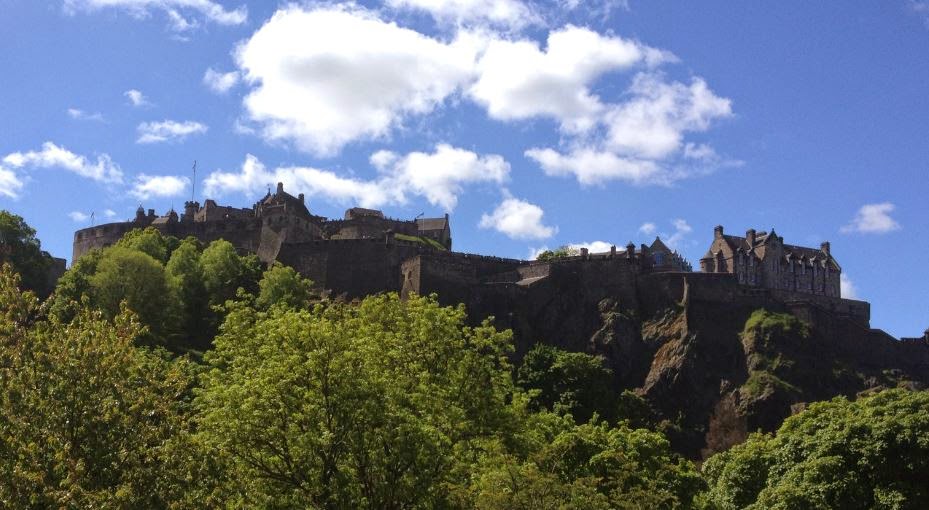Where
has the time gone? Last week as I was waiting to give a talk in Stake Priesthood meeting I flipped opened the Hymn Book and the page that opened was this hymn..."The time is far spent; there is little remaining..." We are coming to the
end of a wonderful experience and have very mixed feelings about going
home. Of course we are anxious to
reunite with family…especially our grandchildren, but leaving so many good
friends here will be hard. I have been spending time to
review what we have done and have been preparing our files for our
replacements. Elder and Sister
Leavitt from Mesa, AZ will be arriving in about 2 ½ weeks. We will spend a couple of days with them and
then leave for home. We will miss so many things here.
We
have enjoyed our assignment as Area Employment Specialists. We have been fortunate to be able to
travel to all the Stakes within the Scotland/Ireland Mission. Whilst we have studied each day we have
learnt (that is “while” and “learned” as used in the UK) more of how much the Lord
loves each of us and wants us to be successful.
The essence of the gospel of Jesus Christ is to love God with all our
heart, and to love others.
Pitlochry is one of the first small Scottish villages we visited. We love this town and surrounding area
We
all have a responsibility to reach out to those around us and assist those in
need. While here, we have learned that
we can really get along without a lot of the material things in life and we
must share of our excess with those in need.
Alma taught the
people of the Church by the waters of Mormon to “…impart of their substance, every one according to that which
he had; if he have more abundantly he should impart more abundantly; and of him
that had but little, but little should be required; and to him that had not
should be given. And thus they
should impart of their substance of their own free will and good desires
towards God…and they did walk uprightly before God, imparting to one another
both temporally and spiritually according to their needs…”. (Mosiah 18:27-29)
One
of the themes I have used in my talks when we have spoken in different Wards is
about our responsibility to reach out to those in need. One of the best examples of this from the scriptures
is the parable of the Good Samaritan. We
have all heard this story as taught by Jesus and learned we have a
responsibility to help others in need. I
have however, learned that there is more to this parable than just us reaching
out to help others. I am convinced that the Samaritan in the
parable was a man who had learned the principle of self-reliance. I am sure he was a working man…one who was
able to provide for himself and his family and he also had additional resources
to provide assistance to the stranger in need.
He probably had traveled the road to Jericho often
and knew the inn keeper. He had
additional money available to provide food and lodging for the stranger in
need. He was undoubtedly known by the inn keeper as a man of
character and a man who could be trusted, for he said, “Take care of
him; and whatsoever thou spendest more, when I return, I will repay thee.”
St Andrews Clubhouse
As we leave our
assignment the work is in the middle of a transition. We have been focusing on employment as
assisting those throughout the mission to be prepared for the job interview. The new initiative that is coming from the First
Presidency is to focus on self-reliance.
“Self-reliance is the ability,
commitment, and effort to provide the spiritual and temporal necessities of
life for self and family.” As we become self-reliant, they are then better
able to serve and care for others. The
Leavitts will be teaching this broader principle of self-reliance rather than just
employment related topics.






















